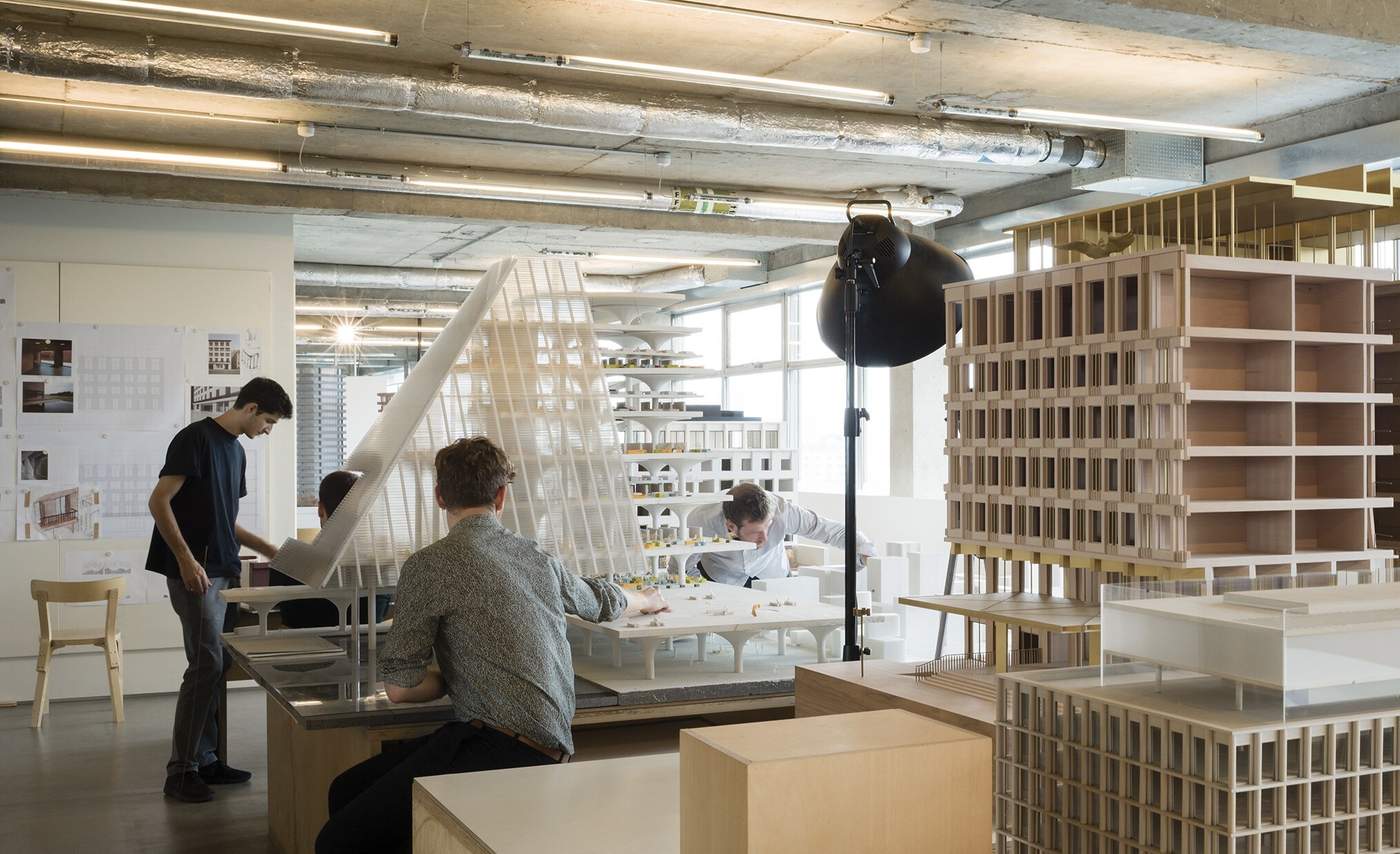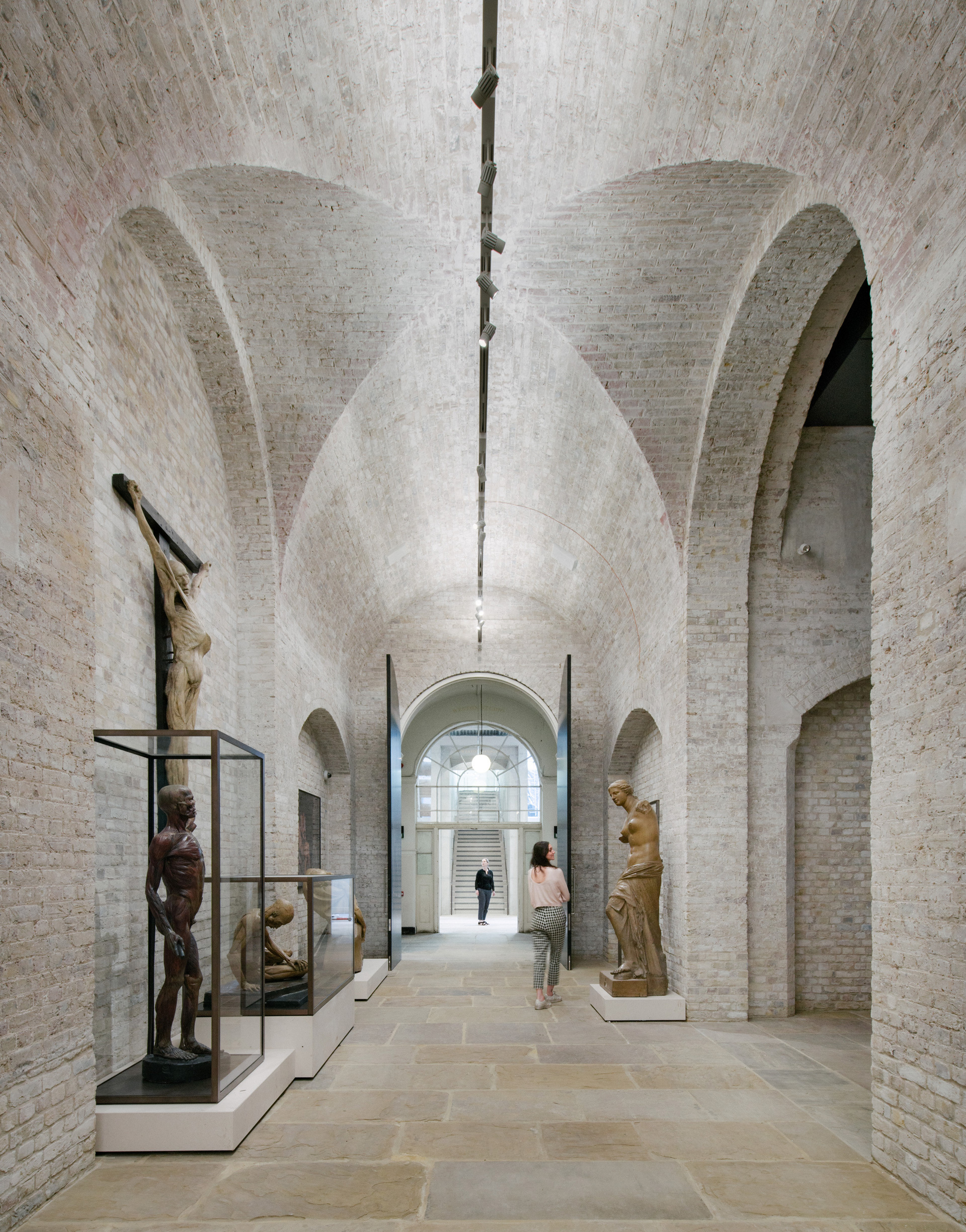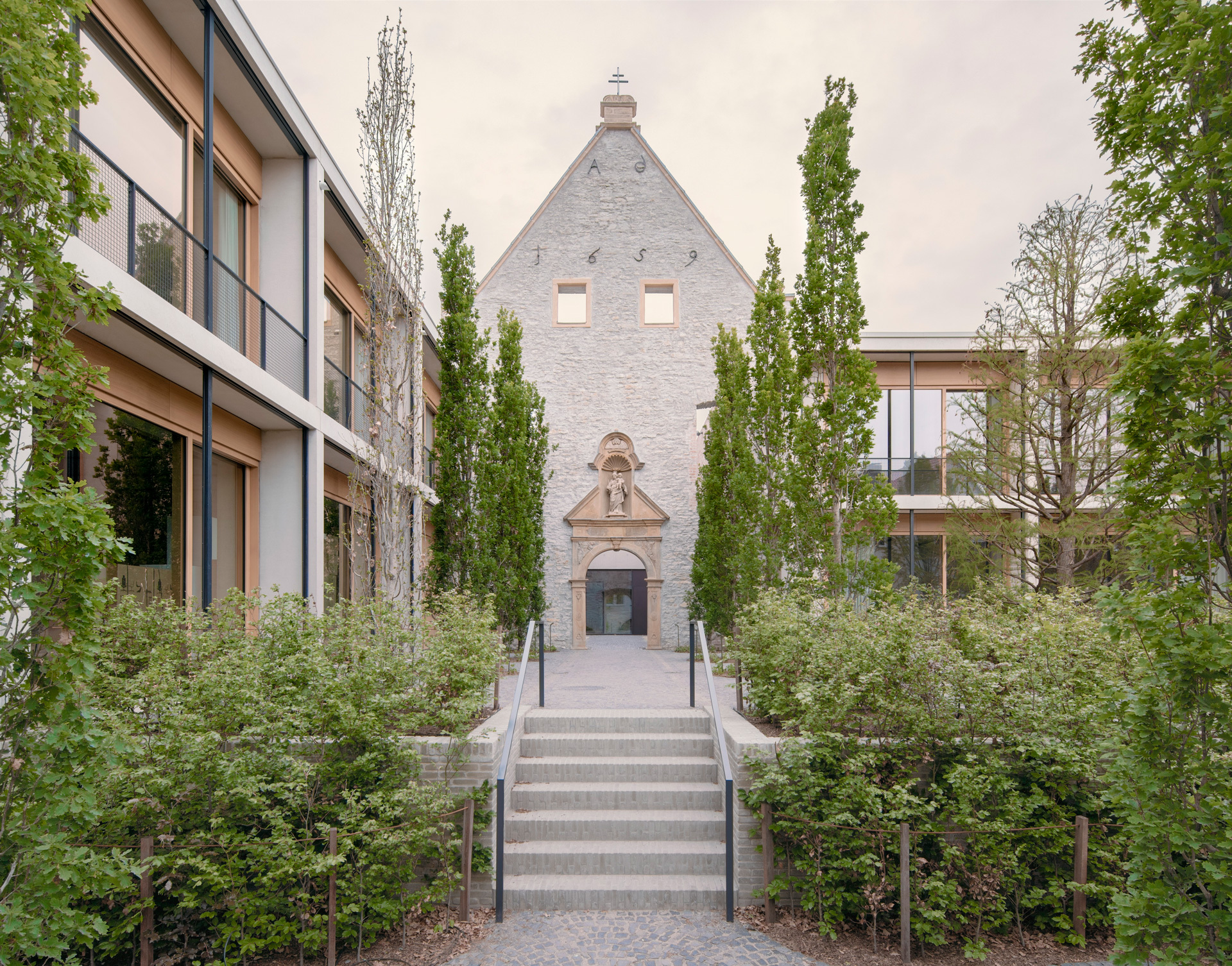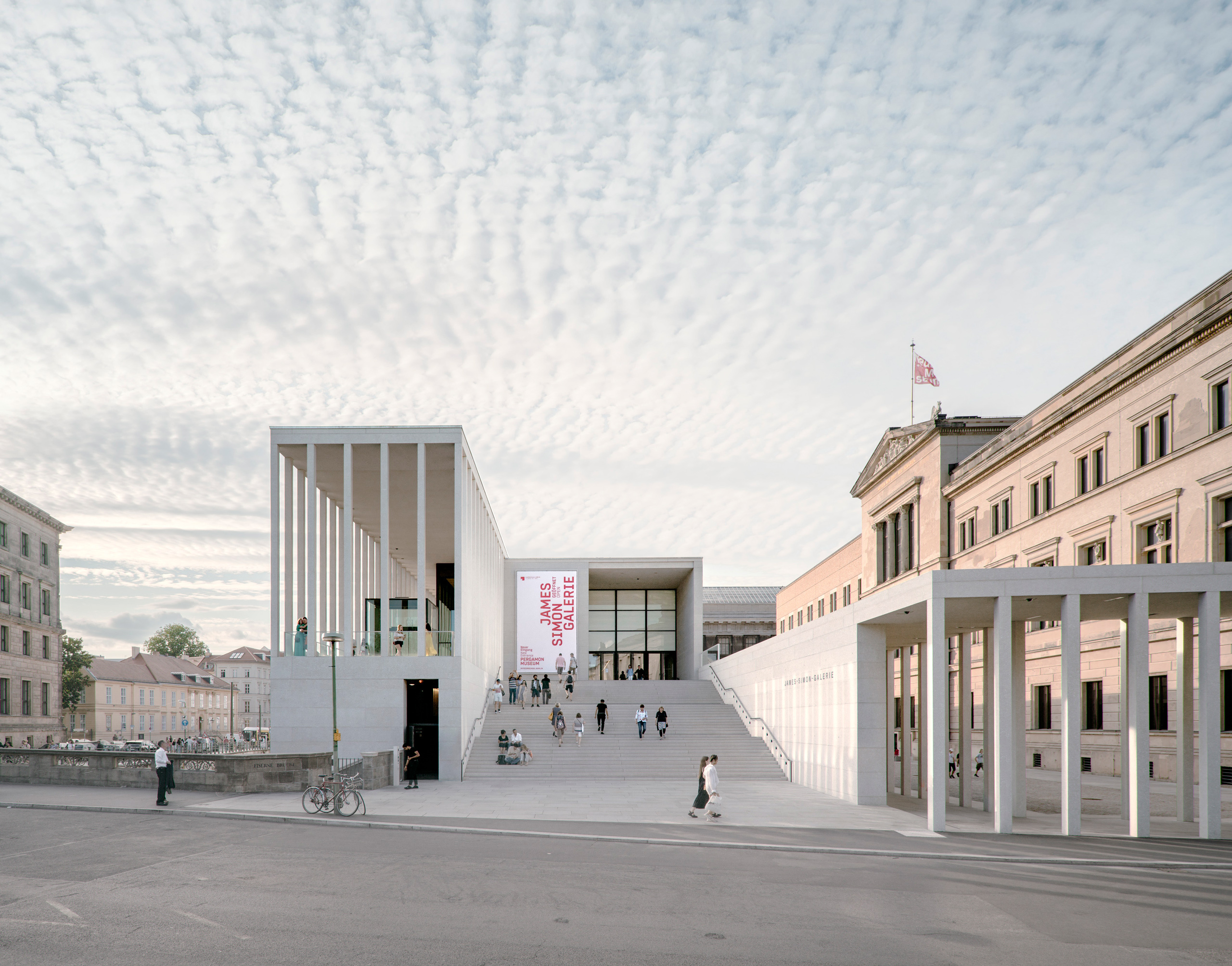Practice
Founded in 1985, David Chipperfield Architects has an international reputation for expertise in design process and for the enduring quality of its projects. Working across the private and public sectors, the practice’s diverse portfolio includes celebrated cultural, residential, education, retail, workplace and civic projects. The practice’s approach is grounded in a concern for the social and environmental sustainability of the built environment and its role in our collective quality of life.
David Chipperfield Architects comprises five independent offices in London, Berlin, Milan, Shanghai and Santiago de Compostela, each one embedded in their local context while united globally by common architectural ambitions. This family of studios is complemented by David Chipperfield Design and Fundación RIA – a non-profit research initiative based in Galicia – which expand the scale of architectural practice from details of product design to strategies of territorial masterplanning.
Among the practice's major completed works are the rebuilding of the Neues Museum in Berlin, Amorepacific headquarters in Seoul and The Bryant in New York. The practice has received over 100 awards for design excellence.
David Chipperfield Architects Berlin campus
An architecture defined by process
David Chipperfield Architects interrogates the unique opportunities of every project, collaborating with clients to mediate their ambitions with the wider socio-cultural, ecological and physical context to create buildings and places of lasting value. Rather than fixed formal ideas, the practice's work is unified by its focus on the quality of process and discourse, and an ability to establish an environment through which a robust design can emerge.
Read more about the design process
Engaging a plurality of voices
Drawing together diverse voices and experiences, both within design teams and through the design process, facilitates the creation of open and inclusive architecture. The practice encourages critical thinking, rooted in respect and understanding, to foster the creative atmosphere of the studio. Alongside this, David Chipperfield Architects is committed to seeking expert collaborators, promoting participatory processes and advocating for overlooked communities and narratives to address equity and inclusion both within the profession as well as the wider built environment.
Read more about inclusion, diversity, equity and accessibility
Amorepacific Headquarters, Seoul
Responding to the climate crisis
Recognising the industry’s role in the degradation of the natural environment, David Chipperfield Architects is determined to set exemplary standards in sustainable design, continuing to prioritise reuse and designing with durability and future adaptability in mind. The practice favours simple, long-lasting building solutions, while investing in knowledge and new technology to better understand the efficiency of structures and materials, and reduce the ecological impact of construction and operation.
Read more about environmental sustainability
Royal Academy of Arts, London
Heritage, protection and identity
David Chipperfield Architects recognises that heritage is not limited to architectural masterpieces alone but encompasses the tangible and intangible, as well as more prosaic and recent constructions. The reuse and rehabilitation of buildings is vital for reasons of both environmental sustainability and for enriching the socio-cultural identity of places in an increasingly homogenised world. Extensive experience working with historic buildings has given the practice a deep understanding of the qualities of architecture that endure over time.
Read more about heritage, protection and identity
Jacoby Studios, Paderborn
Promoting the values of urbanity
The vitality of urban spaces relies on the density and diversity of peoples, cultures and activities, their interactions and the overlapping of public and private, old and new. Through its urban projects, David Chipperfield Architects actively seeks to understand and protect these complexities, establishing dialogues and mediating the ambitions of a project with the collective idea and form of a city. The practice seeks to actively contribute towards a common civic and social infrastructure through its work.
Read more about urbanity
James-Simon-Galerie, Berlin





